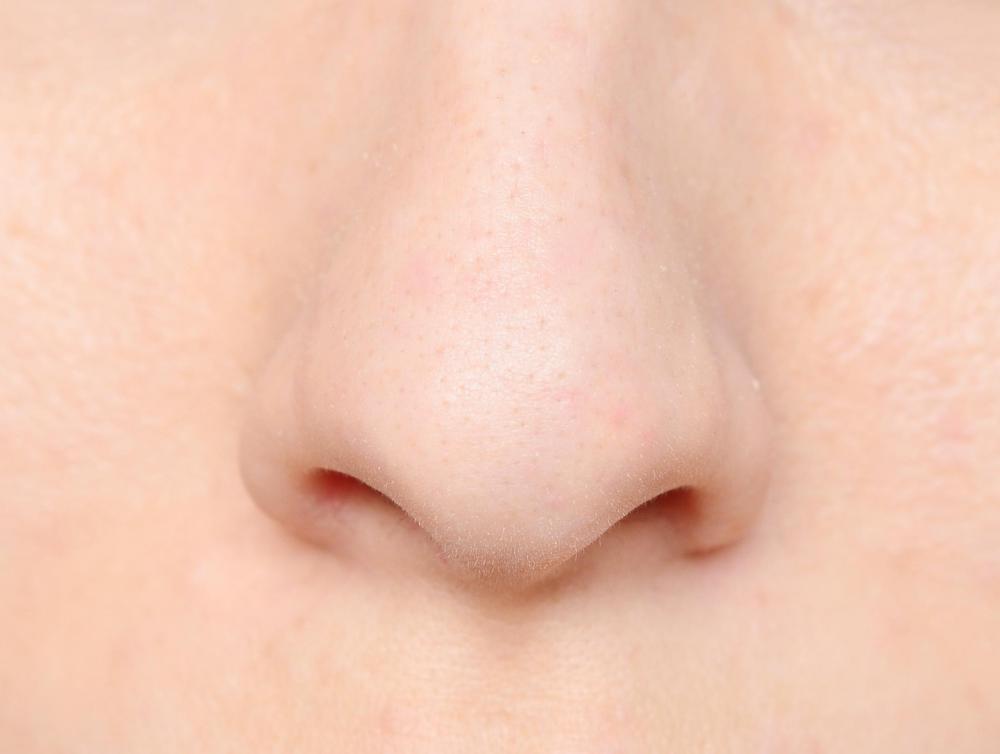At TheHealthBoard, we're committed to delivering accurate, trustworthy information. Our expert-authored content is rigorously fact-checked and sourced from credible authorities. Discover how we uphold the highest standards in providing you with reliable knowledge.
What are the Symptoms of Advanced Melanoma?
Melanoma is a type of skin cancer that develops from the cells that produce the body's melanin. Early symptoms include the development and growth of irregular moles on the body. Melanoma can also spread to other areas of the body, resulting in a less-visible condition commonly referred to as "hidden melanoma." Since hidden melanoma is found in areas such as the eyes or the scalp, it is usually detected when it begins exhibiting the symptoms of advanced melanoma. Regarded as a stage 4 cancer, advanced melanoma can lead to more serious symptoms, such as increased tumor growth, itching and pain—bleeding, and oozing can also occur.
Individuals with melanoma exhibit symptoms associated with melanin, the skin's pigmentation agent. The condition results in asymmetrically-shaped, mole-like dark patches on the skin. These patches can have uneven coloring, as well as irregular borders. They tend to measure 1/4 inch (about 6 mm) in diameter and can grow over time.

It is also possible that patients develop melanoma in areas of the body that are not easily visible. This hidden melanoma most commonly develops in the nail bed, the eyelid, the eye, and the scalp. The melanoma might also be found in the mucosal tissue lining the nose, throat, anus, and vagina. Since hidden melanoma is not easily spotted, the condition is usually detected when the symptoms of advanced melanoma surface.

With advanced melanoma, the tumor growth leads to the development of worse symptoms. The moles might become lumpy or scaly in texture. Further growth can increase pressure in the tumor, causing it to harden. The tumors will continue to further differentiate themselves from regular moles in this manner as the condition worsens.
The tumors will eventually cause physical discomfort, such as itching or pain. More severe cases of advanced melanoma might exhibit bleeding in the affected areas. It is also possible that the moles will begin to ooze a pus-like substance. The pigment of the mole can spread to the surrounding skin, creating dark, reddish blotches with uneven coloring.

If an individual experiences the symptoms of advanced melanoma, there is very little chance that he can be cured. The skin cancer can be put into remission for a significant amount of time, however. Although any form of treatment cannot eliminate the disease, techniques such as chemotherapy and radiotherapy have been known to control the symptoms of advanced melanoma to a manageable degree. As with any treatment, it is best for patients to consult a specialist regarding the best option.
AS FEATURED ON:
AS FEATURED ON:

















Discussion Comments
Skin cancer scares me to death! I am very fair-skinned, and I do have a few moles, but I've had my doctor look at all of them, just to be safe.
There was one brown spot on my face right in front of my ear that looked like a raised freckle. It had a rough texture, and it wasn't round. My doctor sent me to a plastic surgeon to have it removed and tested.
Even though it was irregular, it wasn't skin cancer. Still, I'm glad I had it removed. Catching skin cancer before stage 4 is worth having several spots cut off my body.
It's crazy how one little mole can make you wind up needing skin cancer treatment. I had an oddly shaped mole on my back for years, but I rarely thought about it, since I couldn't see it.
I didn't know that anything was wrong until I started having hallucinations. The cancer had spread to my brain, and I had to have chemotherapy.
I recovered, but I'm a rare case. They told me there was only a 5% survival rate after stage 4.
@StarJo – My friend's grandmother had a malignant melanoma under her nail, but she didn't know it until it was at the advanced stage. A dark brown streak appeared under her thumbnail, and at first, she just thought she had bruised it.
It didn't go away, though. After awhile, her nail looked like it was raised above the bed. Something was obviously wrong, so she asked her doctor.
She wound up having to have part of her thumb amputated. It was the only way to get all of the melanoma.
Skin cancer symptoms are scary, because you usually don't notice them until you have advanced melanoma. I didn't know that you could get melanoma of the eye or the nail bed.
I suppose that's why it's important to see an eye doctor for a yearly exam. I've been putting mine off for years, but this gives me a reason to go.
I do wonder how you would know if you had melanoma in the nail bed, though. Can you see it, or does it just itch and harden?
Post your comments